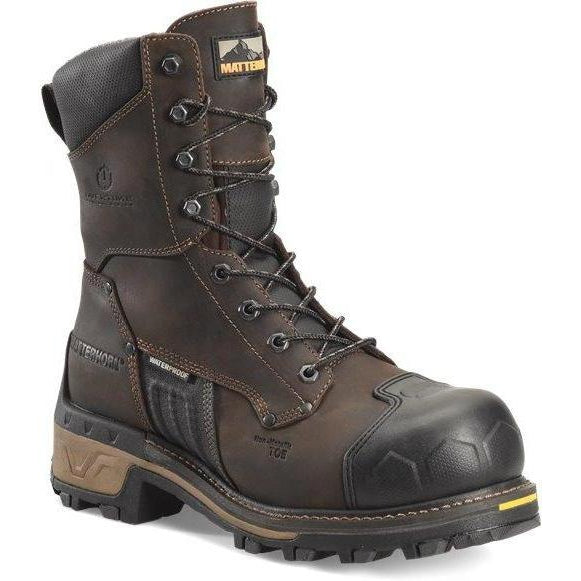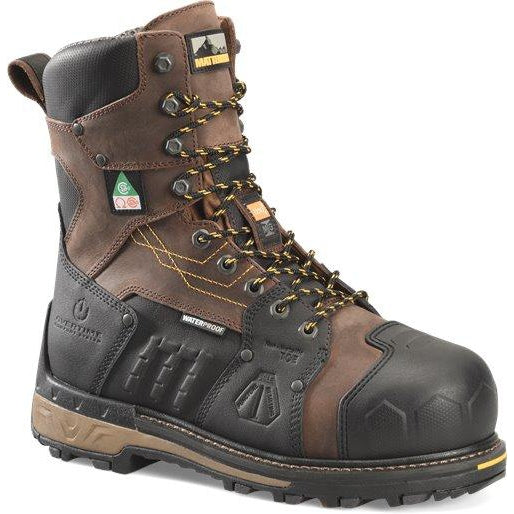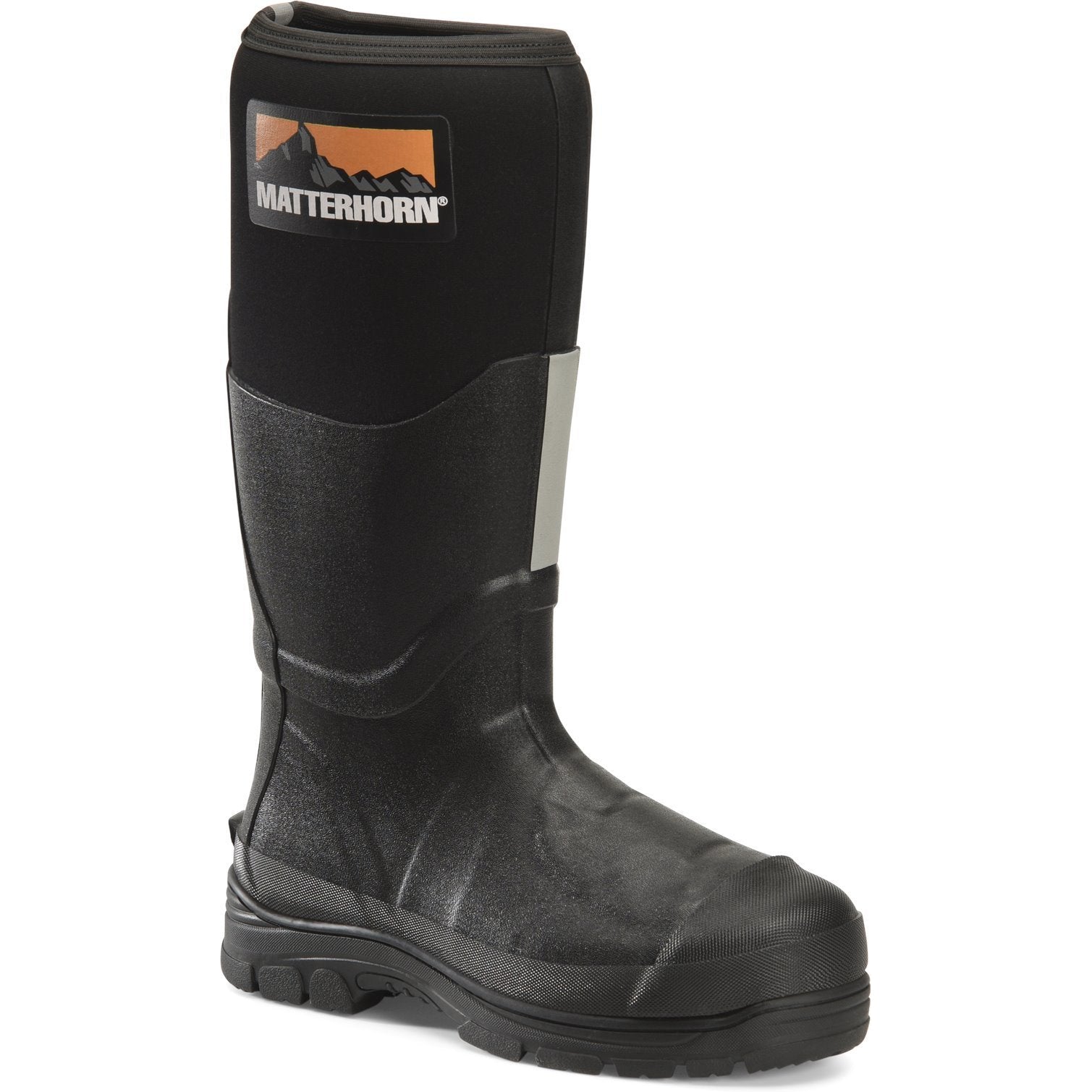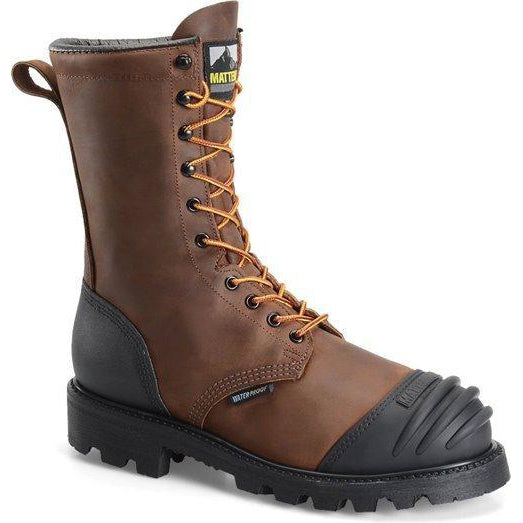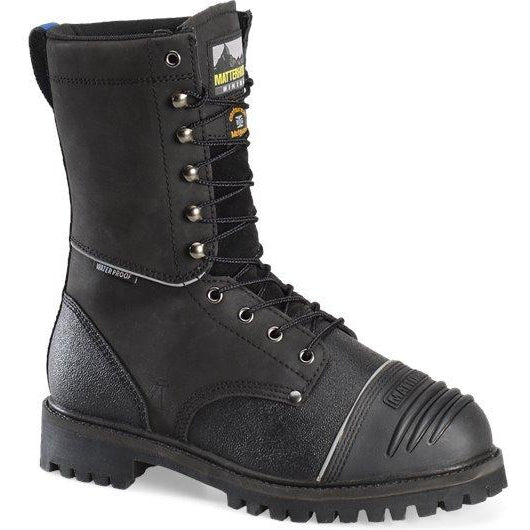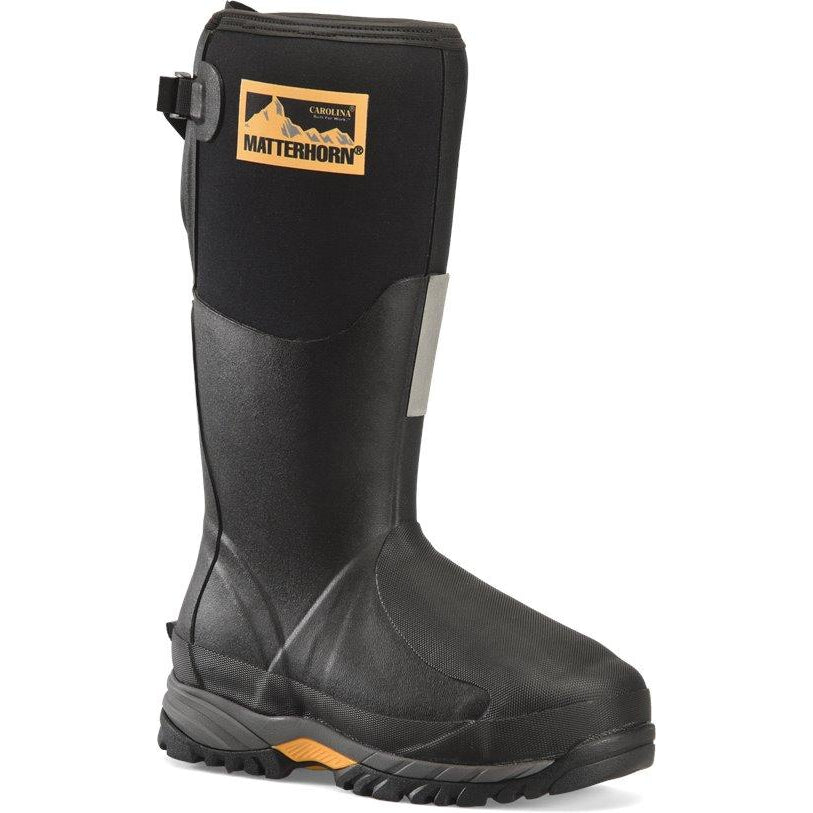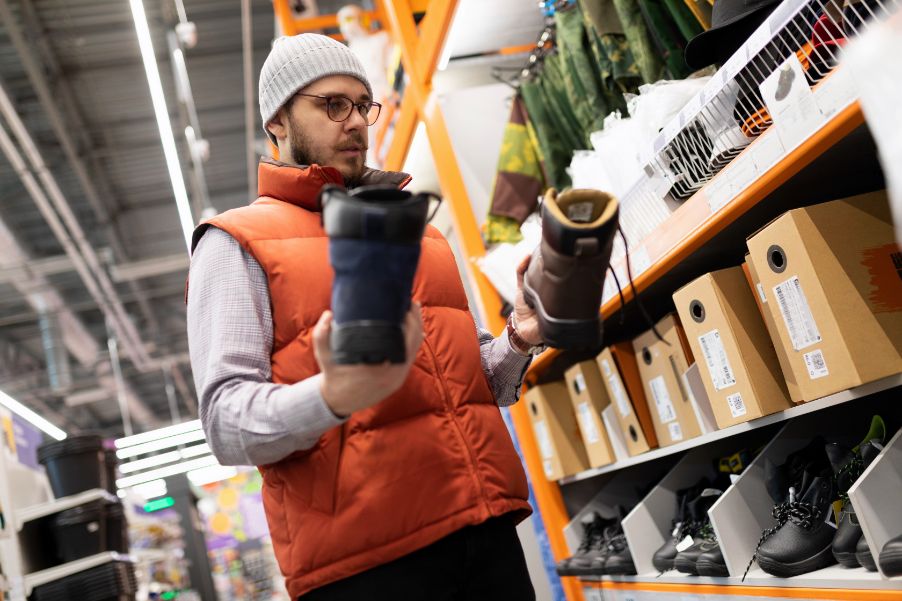As a worker in one of life’s most challenging and risky industries, you want to do everything you can to feel protected and safe on-site. One way to protect yourself from danger is wearing appropriate equipment, meaning protective workwear and shoes.
But what type of footwear will protect your feet against the various hazards at the worksite? Well, mining boots, of course! Keeping your feet safe is essential, and miner boots are just the shoes for the job. They are specialized work boots designed to provide protection and comfort to mine workers. As such, they come with specifically designed features that are meant to keep your feet safe.
To learn more about these sturdy, reliable boots that were designed for your occupation, keep reading – let us tell you about the many safety features of mining boots.
Protection Features for a Peace of Mine
Let’s dive right in and discuss the main protective features of mining footwear to clarify why they are the best choice.
Safety Toe
When you’re working in rugged and harsh working conditions, such as a coal mine, your feet are at constant risk of something collapsing on them. That’s where the safety toe feature comes in handy and protects feet from impacts and compression.
There are a few different types of safety toe footwear, depending on your needs and preferences.
- Steel toe: Steel toes are made from heavy-duty steel and are highly durable, providing excellent protection from falling objects or accidental impacts in hazardous work environments. These shoes can be heavy, which may be uncomfortable during prolonged use.
- Composite toe: Unlike steel toes, composite toes are constructed of non-metallic materials (e.g., Kevlar, carbon fiber, or plastic). This makes them lightweight, non-conductive, and non-magnetic. Composite toe work boots are ideal for environments where extreme temperatures or metal-free footwear is necessary.
- Alloy toe: Similar to composite toes, alloy toes are made from non-metallic materials, usually aluminum or titanium. They are lighter than steel toes, making them more comfortable to wear for extended periods of time. They also meet the same safety standards as steel toes, providing protection from impact or compression in harsh work environments.
Sure, you can also find soft-toe mining boots, but choosing a pair with a safety toe cap is probably for the best. Happy toes – no more woes.
[prc-collections-carousel]
Slip-Resistant Soles
One of the hazards of the mining industry is working on wet or oily surfaces in underground mines. So, naturally, you need a pair of shoes that will protect you from slipping, falling, and hurting yourself. That’s why coal mining boots often come with a traction outsole that will prevent that risk.
Slip-resistant soles are typically made from rubber, polyurethane, or similar materials that have a high coefficient of friction. They’re engineered to provide maximum traction and grip on various surfaces, reducing the risk of slips and falls. The sole design may also include deep treads or patterns that channel water away from the sole to provide better contact with the ground.
Electrical Hazard Protection
Electrical hazards can be caused by exposed wires, live circuits, or other sources of electricity that can lead to electric shock or electrocution. And as you’re exposed to electrical hazards as a mine worker, EH protection is an essential feature of protective footwear.
To assist in stopping the flow of electricity through the body, mining boots have a feature that includes a non-conductive, electrically insulating material in the sole and heel. The material used in EH-rated boots is typically made from rubber or other non-conductive materials that act as a barrier to electricity. So, this is one of the key safety features to look for.
Puncture-Resistant Materials
This feature protects your feet from sharp objects such as nails, broken glass, or metal shards that can cause puncture injuries. So, you can tell why this is a necessary thing to look for in miner boots.
A durable, woven fabric or composite material is what’s often used for this purpose, and it’s placed between the boot's insole and outsole. This layer serves as a barrier, guarding against puncture wounds to the foot. The material is often flexible and lightweight, allowing for comfortable wear during long shifts.
Metatarsal Guard Protection
The basic form of metatarsal guard protection is a shield that covers the top of the foot, including the metatarsal bones. The metatarsal bones are located just above the toes and are particularly vulnerable to injury from heavy falling objects. The shield is built of durable material, like steel or composite materials, and is intended to distribute and absorb the force of impact, lowering the possibility of foot injuries.
Waterproofing
There's nothing worse than having wet feet all day, right? That’s why waterproofing is a must-have feature for miners. Waterproof work boots protect your feet from cold, wet conditions and keep you comfortable throughout the work day.
Waterproofing is typically achieved through the use of rubber or neoprene construction, with sealed seams and gusseted tongues that prevent water from entering the boots. This technology is often combined with other features, such as breathable membranes, to create a waterproof/breathable combination, allowing your feet to stay dry and comfortable even when wading in water or mud.
Waterproofing should not be confused with water resistance. Water-resistant mining boots only provide minimal protection against light rain or moisture. So, choose wisely.
Comfort Features – Your Feet’s Safety Starts Inside the Comfort Zone
Choosing comfortable footwear will prevent fatigue and soreness, so comfort shouldn't be overlooked. That's why we'll guide you through some extra features that will keep your feet comfortable and provide extra protection during your work day. Here's what to look for.
- Breathable materials: Allow your feet to stay cool and dry, which helps keep them comfortable – look for boots made with materials such as leather, mesh, or synthetic fabrics that offer moisture-wicking capabilities.
- Shock-absorbing soles: Shock absorption reduces stress on the foot and legs by providing cushioning when walking on uneven ground. This will help reduce fatigue and soreness, and also aids in preventing injuries. So, find boots with midsole cushioning and heel padding for extra protection for the foot.
- Ankle support: A good, supportive fit around the ankle is key to providing extra protection from falls and slips. Most miners require a boot with an internal or external heel counter for increased ankle support, especially when carrying heavy objects.
- Cushioned insoles: Cushioned insoles provide extra comfort and help fight fatigue. Do your feet a favor and get boots with removable insoles that are cushioned, supportive, and can be replaced with new ones when needed.
- Lightweight construction: If you work long shifts at the mine, wearing lightweight shoes is key. The ideal solution is to find a boot with a lightweight design that doesn't compromise safety or comfort.
Choose Your Perfect Pair of Miner Shoes
[prc-collections-carousel]
For superior protection against injuries, discomfort, and work hazards, it is important to choose the right work apparel and footwear. Wearing shoes that are both comfortable and designed to keep your feet safe is a must on a job site such as a coal mine.
Luckily, we’ve got you covered! Overlook Boots offers a wide selection of mining boots with all the key features that will keep you safe at work. So, browse our collection and pick a pair that calls out your name. Don’t underestimate the power of great footwear!